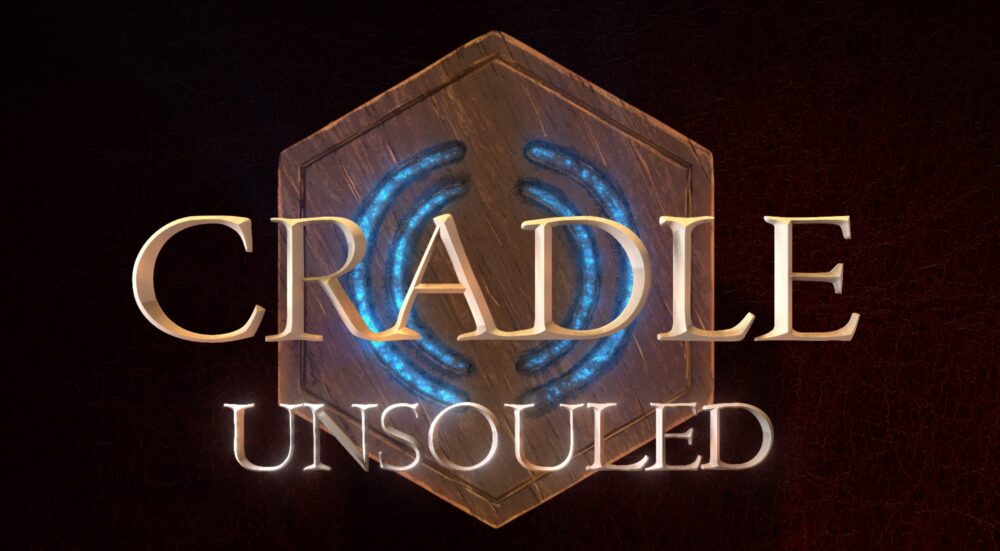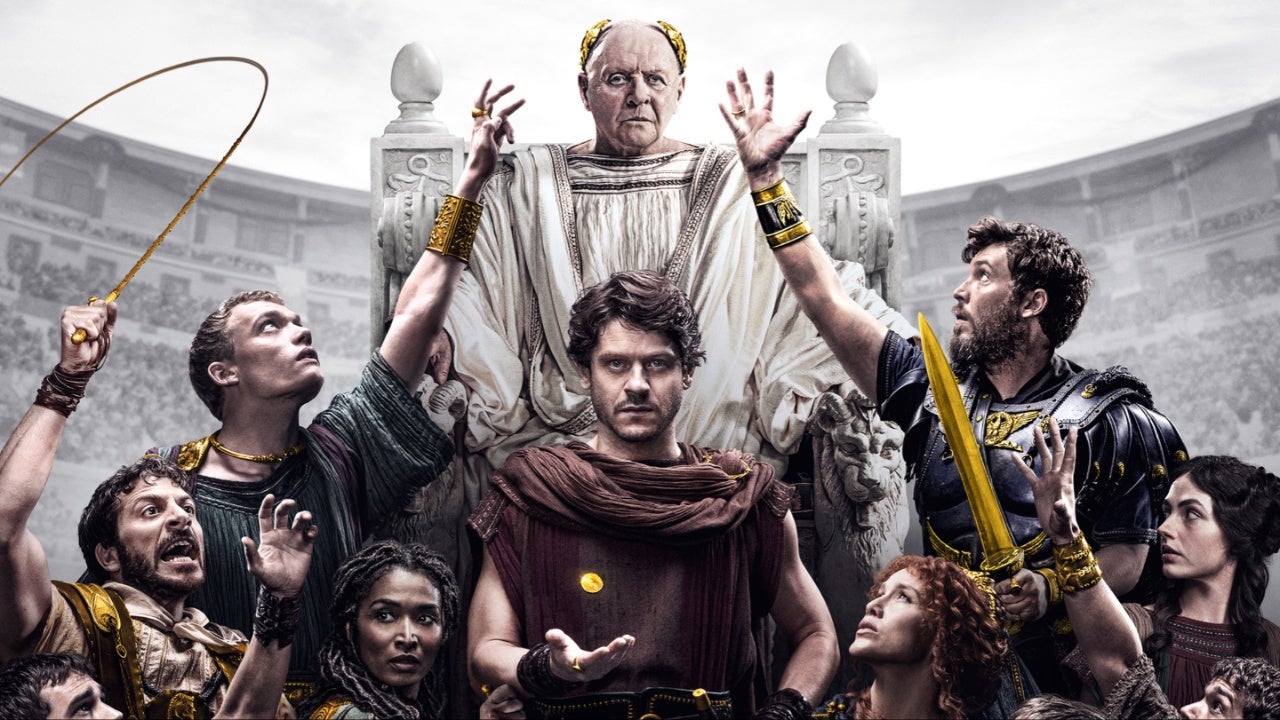Spoilers hide in the sands of Arrakis!
Based on Frank Herbert’s 1965 original epic science-fiction novel ‘Dune’ , Part 1 of Villeneuve’s ‘Dune’ introduces the Imperium of a far-off future, when the official trade-off of the governorship of the fief of planet Arrakis, the only source of mélange or spice in the known universe, is betrayed and embroils the noble Houses and the Empire into all-out war!
Much and more has been made about Herbert’s original novel, including a most beloved Lynch film, 2 love-it-or-hate-it Syfy television shows, a whole library of prequels, sequels, and interleaved books, plus computer games, board games, and even songs. Herbert’s original world-building involves massive moral and ethical dilemmas, treatises on love and the human condition, human evolution without the crutch of AI technology, addictions in many forms some even necessary, the overuse of supposedly abundant natural resources, gender dynamics, prescience, and its perils, and a whole host of other galaxy-sized concepts to explore. But we’re trying to stick with the single original novel that began it all, Herbert’s game-changer novel ‘Dune’, which is still so detailed and sprawling that it necessitates not one but multiple films to do it justice!
With that in mind, onward we sprint, make sure it’s without rhythm! We begin with introducing the ruling family of House Atreides of the water planet Caladan – honorable father Duke Leto Atreides (Oscar Isaac), his bound concubine and disgraced Bene Gesserit mother Lady Jessica (Rebecca Ferguson), and finally Paul Atreides (Timothee Chalamet), the heir of House Atreides yes, but with a far bigger hidden fate destined to him! In rapid succession, we meet other key members of House Atreides – swordmaster Duncan Idaho (Jason Momoa), warrior-troubadour Gurney Halleck (Josh Brolin), Master of Assassins and House Mentat Thufir Hawat (Stephen McKinley Henderson), and the Imperial Suk Doctor Wellington Yueh (Chen Chang).
I personally am a giant ridiculous ‘Dune’ fan, having read all the books, seen all the visual entertainment attempts, even played both the computer and board games. Thusly, I will be sprinkling the review with useless bits of ‘Dune’ trivia that wasn’t in this new film! For example … Dr. Wellington Yueh is a Doctor of the Imperial Suk school, with Imperial conditioning that was supposed to absolutely guarantee discretion and loyalty from any given Suk doctor, that’s what the diamond tattoo signifies. And it was the love of his Bene Gesserit wife Wanna, simple, stupid, and unadorned love, that caused Yueh to commit the ultimate act of betrayal that sparks the conflagration that embroils the whole Imperium!
Hurrying on, we meet our main villains of House Harkonnen – Beast Rabban (Dave Bautista), the Baron’s brutal nephew and the head of Harkonnen crackdown forces, Piter de Vries (David Dastmalchian) the twisted Mentat of House Harkonnen, and Baron Harkonnen (Stellan Skarsgard) himself, corpulent, gluttonous and murderous against their millennia-long enemies House Atreides.
So, the Emperor of the Known Universe has purportedly stripped the fief of planet Arrakis, the only known source of the spice in the entire universe, from the Harkonnens and commanded stewardship of the planet go to their mortal enemies House Atreides. This means the Atreides and their people, long having ruled the ocean-laden planet of Caladan, have to pick up everything and go to live on the desert planet Arrakis, with its giant sandworms, mysterious desert folk known as the Fremen, and leftover Harkonnen sabotage potential everywhere. The movie goes on to explain that the spice helps the Guild Navigators fly their ships and without it the Imperium would collapse, which is all technically true but plenty of other ‘Dune’ related folk use it. The spice prolongs life to all and sundry, leaving most people in the Imperium forever addicted to its anti-aging properties, and most especially the Emperor and his immediate circle. The spice can let you see the future with prescience, that’s how the Guild Navigators use it (more or less), while the Bene Gesserit, Mentats, and other Great Schools of the ‘Dune-iverse’ use spice in various, sometimes highly inventive, ways. The Fremen, the people of the sands of Arrakis, who live their lives inundated and surrounded by the spice, have their eyes turn the blue-within-blue of total spice addiction, called the Eyes of Ibad.
This means that the forms must be obeyed and pageantry demonstrated, even as Duke Leto admonishes Gurney to smile and the scarred warrior replies he is smiling. The Herald of the Change (Benjamin Clementine), along with representatives of the Guild Navigators, the Imperium and the Emperors own Bene Gesserit Truthsayer, Reverend Mother Gaius Helen Mohiam (Charlotte Rampling), transfer stewardship of Arrakis to House Atreides, but no one seems to think the Emperors new commanded gift is anything but a poisoned apple – even the Herald of the Change. And after the ceremony is completed, now is the perfect time for Reverend Mother Mohiam to come test Lady Jessica’s forbidden son.
The whole scene where Mohiam tests Paul with the box of pain and the gom jabbar is a pretty clear demonstration of the fabled witch-like powers of the Bene Gesserit women, but there’s a few details missing, which I’ll gleefully add here – you’re welcome. Through the millennia-long practice of prana-bindu techniques, bloodline study and collaboration, and the somewhat successful shepherding of humanity, the Bene Gesserit have reached mythical proportions in the modern Imperium. All Bene Gesserit are women, one of the many reasons Mohiam isn’t thrilled with Jessica teaching her son Paul their Ways, and their commanding Voice is an openly held powerful secret. The Bene Gesserit have their own stories and legends and goals, the main one of which is the Kwisatz Haderach, their own Shortening of the Way, the male Bene Gesserit who can bridge space and time, the goal of their multiple-millennia-long bloodline breeding scheme. And of course, headstrong Lady Jessica, installed as Duke Leto’s bound concubine and commanded by the Bene Gesserit to bear only Atreides daughters to be used matrimonial pawns in Imperial and political bloodline schemes, gave her beloved Duke a son, Paul.
And then there’s Paul himself, poor thing. Mohiam admonishes him he has more than one legacy in his fate, he has prophetic dreams about the sands and people of Arrakis, specifically one singularly important Fremen woman, Chani (Zendaya), plus let’s not forget the crushing expectations of House Atreides, the eternal enmity of not only House Harkonnen but potentially the Imperium to deal with too, and Paul is barely of an age to shave. His closest comrade inside House Atreides is the friendship and loyalty he enjoys in Duncan Idaho, though all the men, and women for that matter, not only of House Atreides but Caladan itself, love their Duke and his heir. But when the combined absolutely crushing force of not only Harkonnen kill squads but the Emperor’s own Sardaukar comes to take back Arrakis and destroy House Atreides in the process, Paul and Jessica find themselves fugitives thrust into the sands of the planet called by its natives, Dune.
Herbert’s legacy of sci-fi world-building and Villeneuve’s grand epic vision of filmmaking are both the movie’s greatest blessing and biggest curse, it seems. Herbert’s book embraces so many thought-provoking concepts and moves at times at breakneck speeds without any explanation or backstory, with so many pivotal characters to introduce, the 2021 film adaptation has to distill down to three key points and leaves no more room for anything else. One, the introduction of as many key characters as possible, with an incredible cast and grand majestic writing to back them up, while important to move the story along, has a small tendency to ring a bit hollow when we’re introduced to a character we know is a villain we’re supposed to despise (or hero, etc.) but the film can’t linger on them long enough to explain why. Two, sweeping grand epic shots of as many locations as possible, to try and give a scale for the sheer size of these various other planets and holdings of these characters. Arrakis, or Dune, in particular, gets sweeping shots of the desert moving like beautiful water, disgorging gigantic magnificent sandworms and spice blows, and the city of Arrakeen, where House Atreides takes up a new residence. And three, the technology in use in the far-off future of year 10,000+, mostly centered around spice harvesters on Dune, the hand-combat personal shields most people wear, and most especially the vehicles that look like giant dragonflies, called ornithopters.
As yet another personal note I’d like to add that the costumes made for the film are incredible, costume designers Jacqueline West and Bob Morgan came up with their own take on the Fremen stillsuits and made them as book-accurate as possible, plus their touches on the costumes of each and every separate planet-dweller, such as the hawk-shaped pins on Atreides uniform collars (the hawk is the House Atreides crest), and the oil-slick industrial kaftan the Baron wears with his suspension spine, are just absolutely incredible and the costumiers deserve all kinds of praise and awards and lauds.
Villeneuve’s ‘Dune’ is shot on a grand epic scale because that was the kind of vision Herbert had when he wrote it, so long ago. And while this means we can own ‘Dune’ 2021 when it finally comes out on 4K Ultra HD or whatever, and even appreciate it on HBOMAX on your 50-some-odd-inch tv, you are doing yourself a disservice as a sci-fi fan if you don’t go and see Villeneuve’s ‘Dune’ in the theater. It’s a visual treat for the eyes, for all the senses really, and that’s the utter magic of V’s filmmaking. The film is meant to be seen on that giant silver screen, to see the giant sandworm sniff the tiny world-breaker-in-the-making Paul as he stands frozen in the sand, finally understanding his fate could very well swallow him whole, just like Shai-hulud.
Brave the spice blows of Villeneuve’s ‘Dune’ in theaters now!

Events
Paramount+ Reveals Official Main Title Sequence for the Upcoming Series TALES OF THE TEENAGE MUTANT NINJA TURTLES

During the TALES OF THE TEENAGE MUTANT NINJA TURTLES panel earlier today at San Diego Comic Con, Paramount+ revealed the official main title sequence for the series. The sequence is composed by EMMY® nominee, Matt Mahaffey, known for his work on Sanjay and Craig, Rise of the Teenage Mutant Ninja Turtles, and Rise of the Teenage Mutant Ninja Turtles: The Movie and much more.
From the studios of the Mutant Mayhem film, the all-new Paramount+ original series TALES OF THE TEENAGE MUTANT NINJA TURTLES explores the adventures of everyone’s favorite pizza-loving heroes as they emerge from the sewers onto the streets of NYC. Leo, Raph, Donnie and Mikey are faced with new threats and team up with old allies to survive both teenage life and villains lurking in the shadows of the Big Apple. The series is produced by Nickelodeon Animation and Point Grey Pictures.
TALES OF THE TEENAGE MUTANT NINJA TURTLES is executive produced by Chris Yost (The Mandalorian, Thor: Ragnarok) and Alan Wan (Blue Eye Samurai, Rise of the Teenage Mutant Ninja Turtles, Teenage Mutant Ninja Turtles [2012 Series]). Production is overseen for Nickelodeon by Claudia Spinelli, Senior Vice President, TV Series Animation, Nickelodeon, and Nikki Price, Director of Development and Executive in Charge of Production.
In addition to the upcoming new series, stream all things Turtles on Paramount+.
Events
Comic-Con 2024: Those About to Die Activation
Events
DISNEY+ CASTS DANIEL DIEMER AS FAN-FAVORITE ‘TYSON’IN SEASON TWO OF “PERCY JACKSON AND THE OLYMPIANS”

in Hall H at San Diego Comic-Con, Rick Riordan and Disney+ revealed that Daniel Diemer (“Under the Bridge”) will star as fan-favorite cyclops “Tyson” in the epic adventure series “Percy Jackson and the Olympians.” Diemer joins Walker Scobell (Percy Jackson), Leah Sava Jeffries (Annabeth Chase) and Aryan Simhadri (Grover Underwood) as a series regular. The Disney+ Original series from Disney Branded Television and 20th Television will start filming its second season next week in Vancouver.
Season two of “Percy Jackson and the Olympians” is based on the second installment of Disney Hyperion’s best-selling book series titled “The Sea of Monsters” by award-winning author Rick Riordan. In the new season, Percy Jackson returns to Camp Half-Blood one year later to find his world turned upside down. His friendship with Annabeth is changing, he learns he has a cyclops for a brother, Grover has gone missing, and camp is under siege from the forces of Kronos. Percy’s journey to set things right will take him off the map and into the deadly Sea of Monsters, where a secret fate awaits the son of Poseidon.
Diemer stars as Tyson – a young Cyclops who grew up all alone on the streets, and finds it difficult to survive in the human world. Shy and awkward, with a heart almost as big as he is, Tyson soon discovers that Poseidon is his father, which means Percy Jackson is his half-brother… and that Tyson may have finally found a home.
Diemer recently starred in the Hulu limited series “Under the Bridge” based off the critically acclaimed book of the same name and a tragic true story of a missing teen girl in Vancouver in 1997. He will next star in the indie “Thug” opposite Liam Neeson and Ron Perlman for director Hans Petter Moland. Daniel was recently seen as the lead in the indie “Supercell” opposite Alec Baldwin and Skeet Ulrich and the lead in the film “Little Brother” opposite Phil Ettinger and JK Simmons. Daniel can also be seen in the Netflix series “The Midnight Club” and recently starred as the male lead in the breakout hit Netflix feature “The Half Of It” from producer Anthony Bregman and director Alice Wu. He is a graduate of Victoria Academy of Dramatic Arts in Vancouver.
Created by Rick Riordan and Jonathan E. Steinberg, season two of “Percy Jackson and the Olympians” is executive produced by Steinberg and Dan Shotz alongside Rick Riordan, Rebecca Riordan, Craig Silverstein, The Gotham Group’s Ellen Goldsmith-Vein, Bert Salke, The Gotham Group’s Jeremy Bell and D.J. Goldberg, James Bobin, Jim Rowe, Albert Kim, Jason Ensler and Sarah Watson.
The first season of “Percy Jackson and the Olympians” is available on Disney+
-

 Interviews1 day ago
Interviews1 day agoInterview With Heroes & Villains Creative Director Doug Johnson
-

 Streaming1 day ago
Streaming1 day agoApple TV+ announces season two for delightful kids and family series “Camp Snoopy
-

 Events1 day ago
Events1 day agoThat’s My E Coverage Of The Adult Swim’s Pirate Parrrty
-

 Events13 hours ago
Events13 hours agoParamount+ Reveals Official Main Title Sequence for the Upcoming Series TALES OF THE TEENAGE MUTANT NINJA TURTLES
-

 Events16 hours ago
Events16 hours agoDISNEY+ CASTS DANIEL DIEMER AS FAN-FAVORITE ‘TYSON’IN SEASON TWO OF “PERCY JACKSON AND THE OLYMPIANS”
-

 Interviews17 hours ago
Interviews17 hours agoComic-Con 2024: Will Wight’s Cradle
-

 Events16 hours ago
Events16 hours agoComic-Con 2024: Those About to Die Activation


